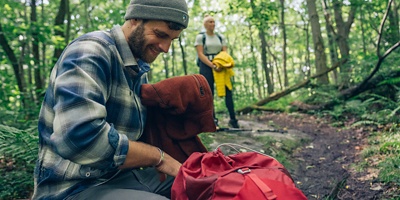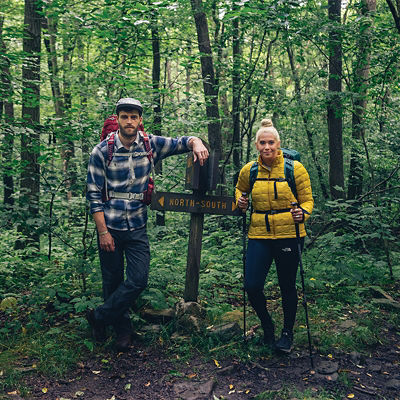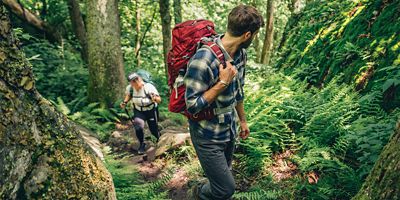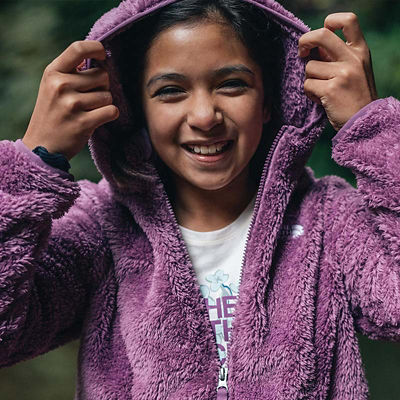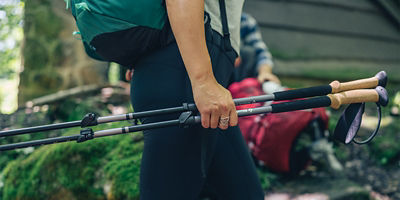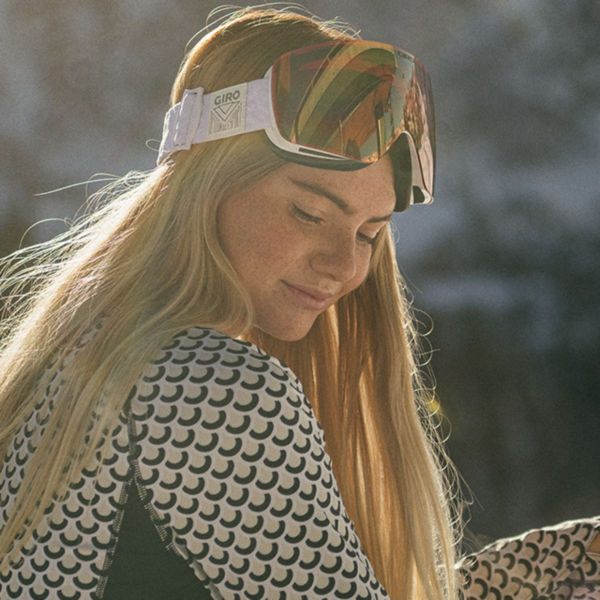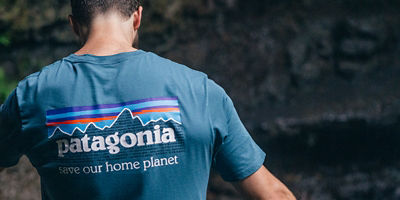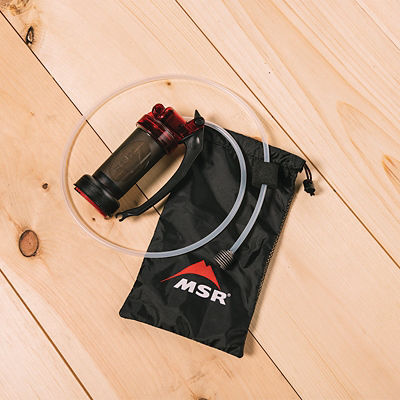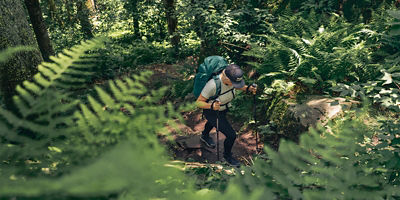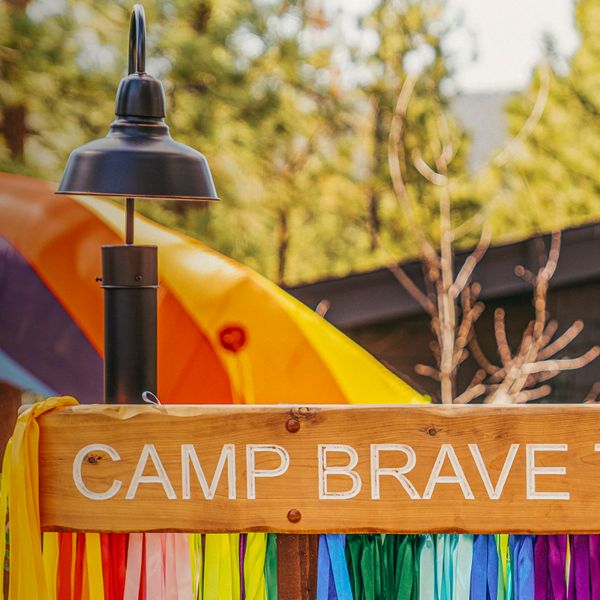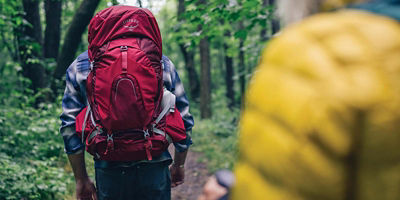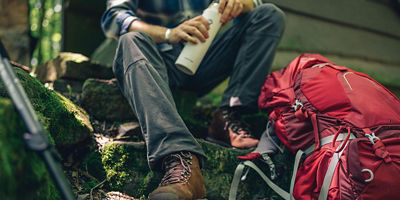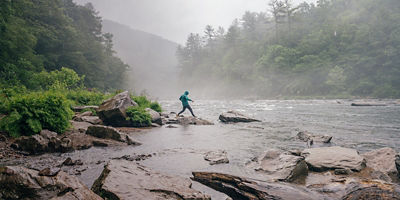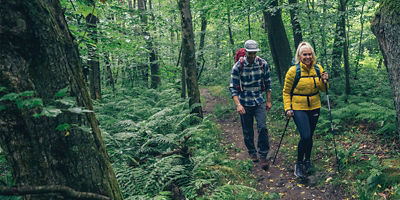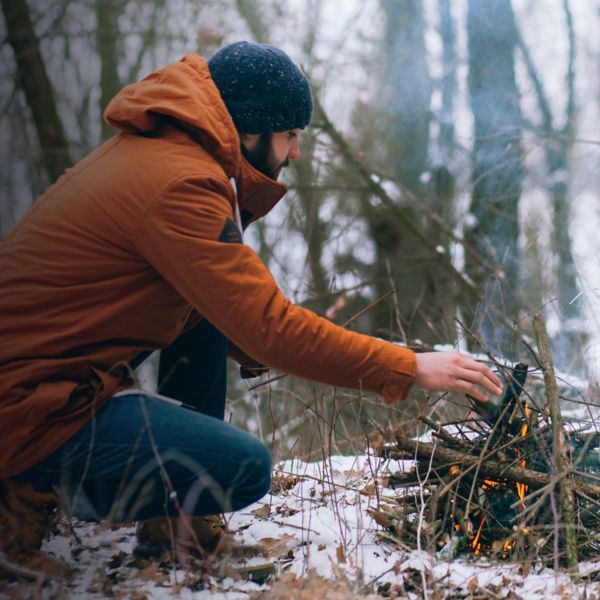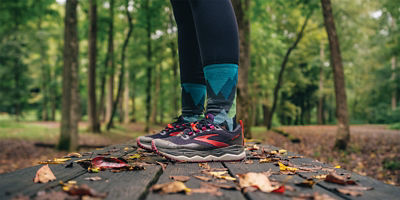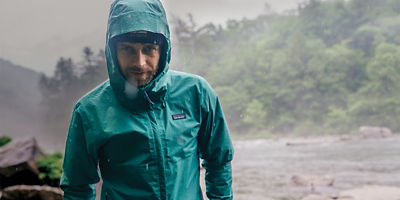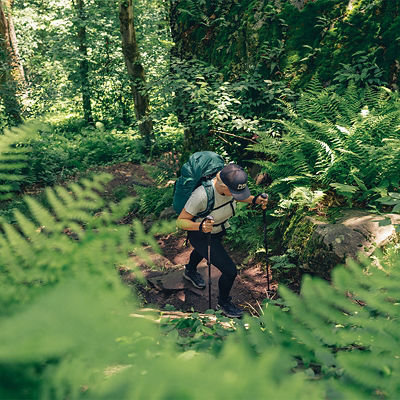Like a great pinch hitter, a summit pack steps in for your bigger backpack when it’s time to leave basecamp and head for a peak (or a lake, pass, or any other day-hike destination). These lightweight packs squish down small inside your main backpack until they’re needed, then swallow the gear for your day trip, making for a much more comfortable hike.
The summit pack category spans a wide variety of models, from ultra-ultralight sacks to impressively featured packs that can cross over for use on any day hike, not just a summit bid. They have a volume between roughly 10 and 30 liters, and have the support to hold about 10 to 20 pounds: Just the size to carry water, extra layers, food, and perhaps alpine tools such as ice axes, trekking poles, or a bivy sack. If you ever set up basecamp only to head off on side excursions—from alpine-start peakbagging trips to leisurely explorations—then a summit pack will be a highly useful addition to your quiver. Here are the features to consider to find the best summit pack for you.
Weight
The summit pack category includes everything from 2-ounce ultralight packs to flexible bags weighing up to about a pound. Generally, heavier packs will have more support, comfortably carry heavier loads, and boast more features than a lighter frameless model will, but the materials used matter a lot. A key question to ask yourself: Do you want a pack that can function as your everyday daypack, too? In that case, look for something on the higher-volume end of the spectrum with more durable construction and comfort features such as a back panel, padded straps, and hip belt. If you only need to tote a few items from basecamp, then a smaller, lighter, and less-featured pack will work well.
Fabric
The primo material used in ultralight packs is Dyneema, a very light-yet-strong fabric that’s also quite expensive—but worth it if every ounce matters. More affordable: ripstop nylon, a durable, relatively light material. Check the pack’s denier: This measure of a fabric’s density will tell you how strong it is. For example, 100-denier nylon is tougher than 50-denier nylon.
Structure
The big question here is whether you want a full suspension system—the straps, back panel, hip belt, frame, and other pieces that cinch onto your body. These elements help transfer the weight of your pack down to your hips for a more efficient carry. The more complete the suspension system, the more comfortable the pack will be to wear, and the more support it will offer. The drawback, of course, is that it adds weight and bulk. On the other hand, a pack that skips some parts of the suspension system will weigh less but also support less (and they tend to make your back sweaty). Some otherwise minimalist designs include features like a padded back panel to keep gear from poking you in the back, or a removable hip belt that can be added and subtracted as load weight dictates.

